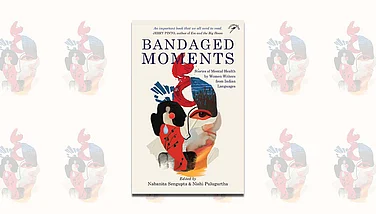And, it is this approach to structuring that takes the reader by surprise. For, Tarantino's characters—not just the two men Vincent Vega and Jules Winnfield—might have stepped out of the pages of pulp fiction. Yet, that is where the similarity ends.
The author's theme hinges on characters leading turbulent lifestyles. While they exist in three narratives, Tarantino interweaves these plots to reveal their intrinsic characteristics in a subtle manner.
Their conversations, delightfully worded, reveal the author's close observation of characters with similar mindsets. Abandoning the cloak of restraint, they slip into unprintables as a matter of habit. Talking of bank robbery, a queerly named character Pumpkin can say: "Banks are easier! Federal banks are not supposed to stop you in any way, during a robbery". Jody, who has pierced her body 'sixteen times'—right nostril, left eyebrow, every thing—explains why she wears a stud in 'her tongue': "It is a sex thing." And what's even more surprising: to Vincent, it makes perfect 'sense'."
Mia Wallace, the wife of the underworld don Marsellus Wallace, flirts with heroin the moment she has a chance—and the very next minute crashes to the floor 'on all fours'. Tarantino doesn't waste words. He doesn't create sassy romantic sequences. Everything in the screenplay has the certainty of a present—with the future an hour later unclear.
As the John Travolta-Uma Thurman film has recently shown, the plot's dynamism lends itself to fascinating cinematic interpretation. Tarantino charms with his portrayals of characters living on the edge—and, of course, through their pulp diction.






















